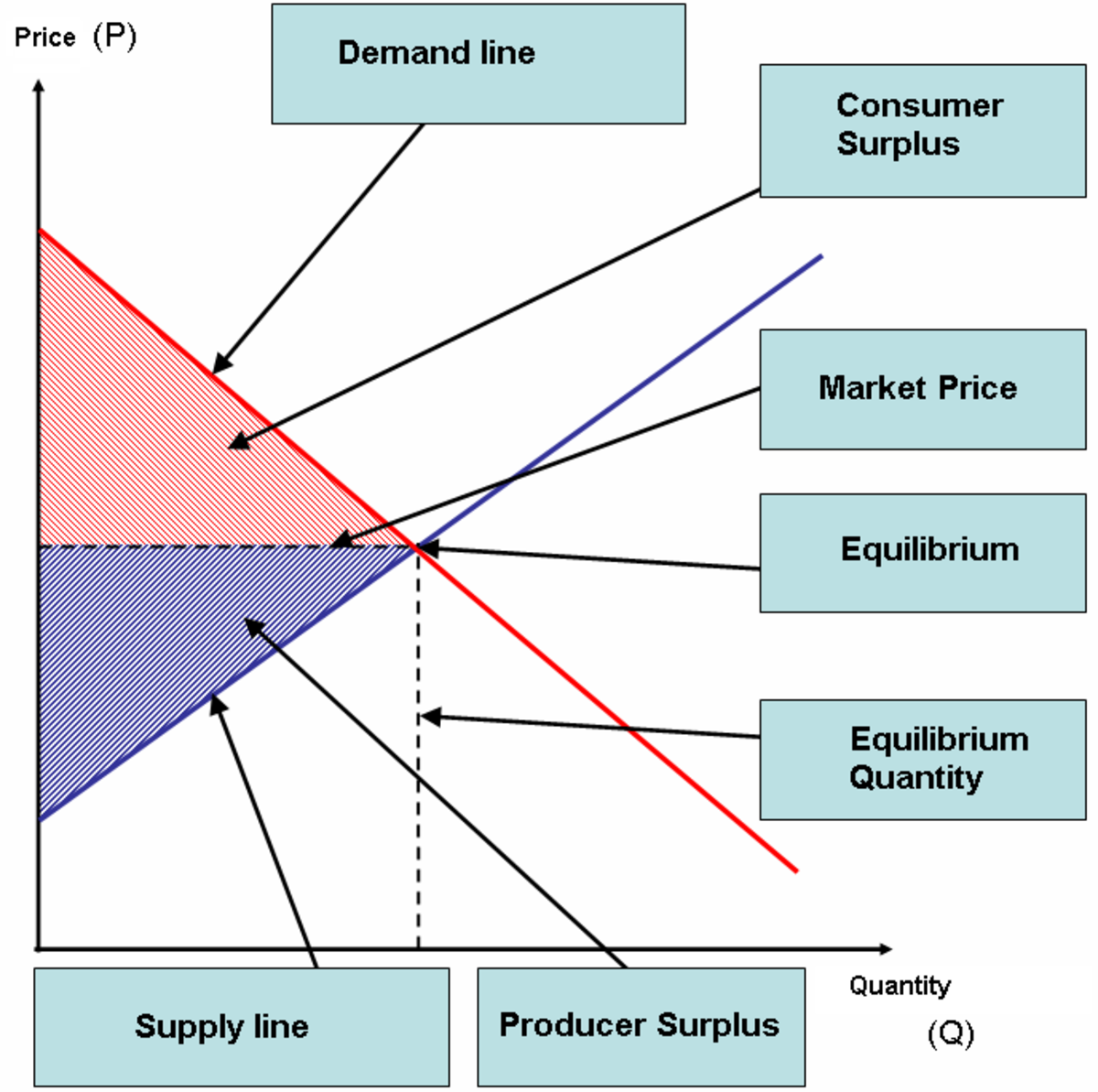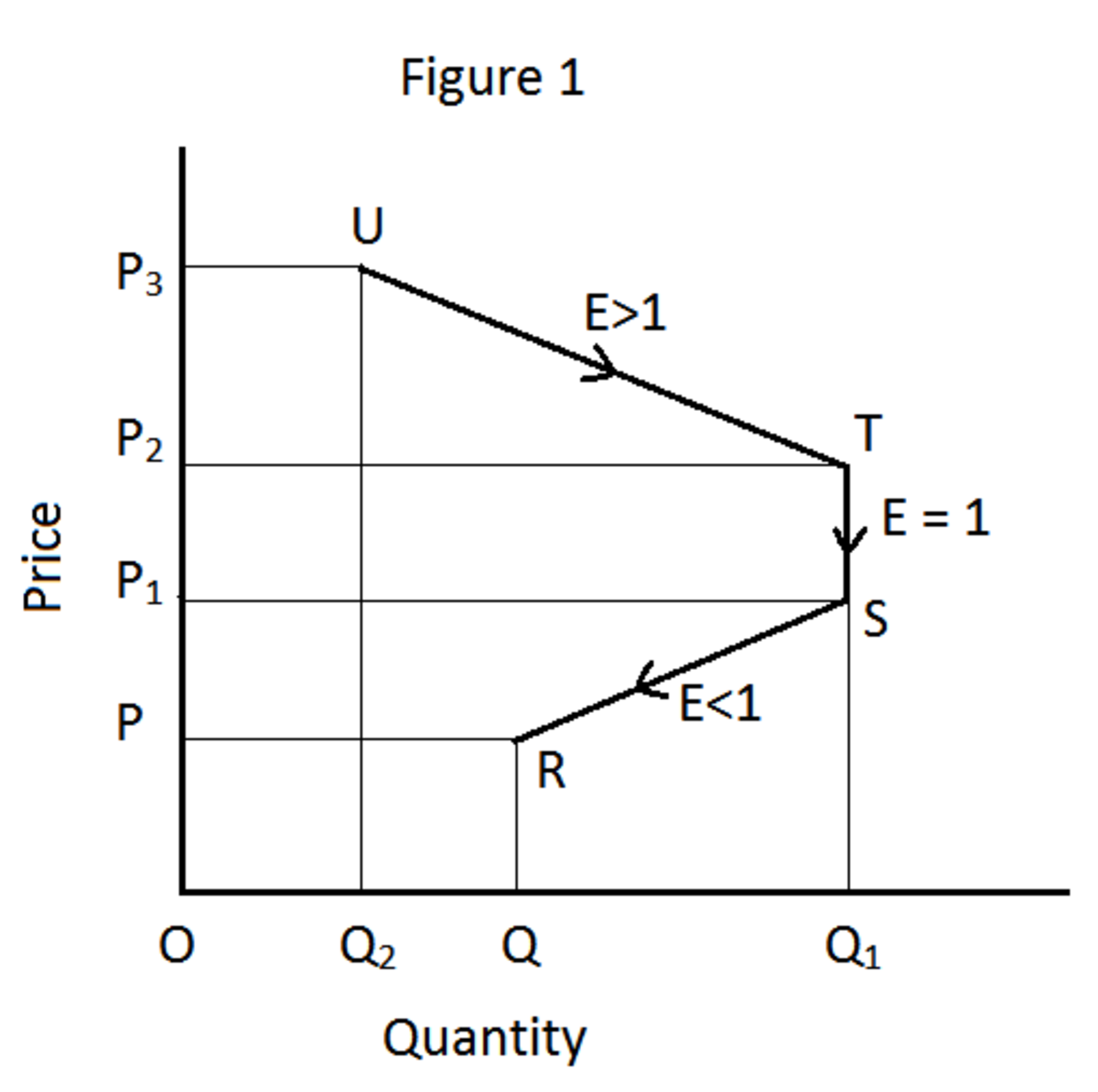The Economics of The Subprime Mortgage Crisis

On the night of September 18, 2008, Fed Chairman, Ben Bernanke and the United States Treasury Secretary Hank Paulson met with leaders on Congress. The result of the meetings was as follows:
It’s the economic equivalent of 9/11 in my view, having been here for both events,...sitting in that room with Hank Paulson saying to us, in very measured tones, no hyperbole, no excessive adjectives, that unless you act, the financial system of this country and the world will melt down in a matter of days. There was literally a pause in that room where the oxygen left(In Fed We Trust: David Wessel).
The gravity of this meeting was, indeed, cause for major concern. Congress faced with a deleterious economic situation unheard of in our economic engine’s post modern era, responded by passing $700 billion measures to buy troubled financial assets. The prevailing mantra—as I’m sure I speak for the millions of Americans at the time—without question, could have been summed as: “How did we allow our once sound financial & banking system to become the laughing stock of the world?”

Subprime Crisis and Bonehead Economics
The subprime mess was rooted in “bone-head” mortgage economics; I say “bone-head” because it was, without question, a system guided by irrational thinkers. In the early 1950s our commercial bank lending practices was a system based on merit—namely, hardworking, judicious, and sound Americans were rewarded for their prudent economic efforts put forth prior to filling out the mortgage application. The formula back then was quite simple: if you wanted a piece of the American pie, you had to work hard, put-off consumption, establish a good name, then when the timing was just right, you could venture off to the other side economic Shangri-la.
As the demand for homeownership increased over the years, the advent of the mortgage market began to take shape: commercial banks, S&Ls and other lending organizations, began to see the profit potential in offering different financial products. What’s a mortgage? A mortgage, as complex as it may seem, is just a promise to pay; issued as a promissory note, these legal documents are used to acknowledge that a loan has been extended and a promise to repay, together with the appropriate terms, has been made (wikipedia.) Because mortgages were tied to a person’s down payment size, personal income, and credit standing, obtaining one, in a conventional sense, became a very difficult task...and for good reason, a home was only the biggest investment one could make in a contemporary economic society.

Breaking Down The Subprime Mortgage Mess
The dichotomy of conventional and subprime mortgages seems vast to say the least. Thus, if conventional mortgages were only given to a select few of Americans that did what they were suppose to do, then earning a mortgage—in a conventional sense—was considered a financial privilege, not a direct right. The subprime mortgage debacle, on the horizon, went against this very same principle. Nevertheless, because of low interest rates and the large inflows of foreign funds that flowed after the dot.com era, you could make the argument that there existed an environment of very easy credit. From this easy credit environment, banks began to see an opportunity to profit from it. Furthermore, this profit potential from the perspective of commercial lending institutions not only fueled the housing market boom but also served as the catalyst for our current economic Great Recession.
Commercial banks, like any other business, are in business to make profits...don’t misinterpret my assertions here. But when a bank’s business model is flawed to the point of being an expense of the individual tax payers, then the average American have a right to become a bit of a commercial banking antagonist. Fact is, commercial banks knew one thing and one thing only: that if times became very hard—they, like the S&Ls of the past—could use their “big gov. golden parachutes” to cushion themselves from impact. Commercial banks, during the subprime lending boom height, acted way beyond the status quo of conventional lending practices thus not only decided to bend the rules, but created their own rules in the process: it was tantamount to economic heresy, to say the least.








